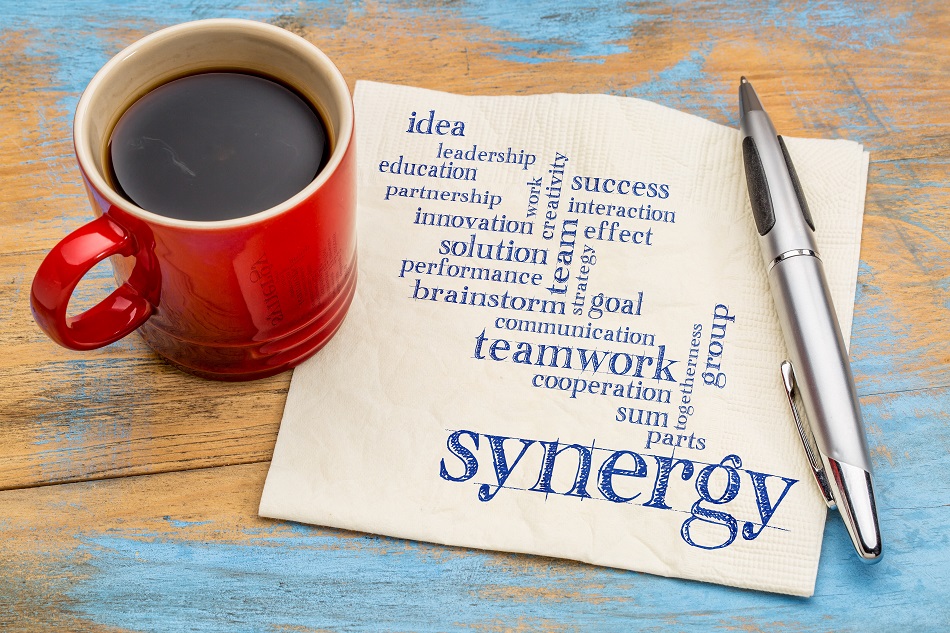The luxury group LVMH, to which Givenchy and Dior belong, has been producing hydroalcoholic gels in its French cosmetics factories since 18.03.2020, which are made available free of charge to French health care institutions as sterilizing agents.
Currently, a consortium of companies in Vorarlberg (the Grabher Group, Bandex Textil, Getzner Textil, Wolford, the embroidery company Harald Hämmerle as well as the company TECNOPLAST) produces 15,000 protective masks per day, with each company taking over a specific area according to its know-how in the production process.
These are just two examples of how companies are actively dealing with the crisis. I am currently observing two “behavioural patterns” in companies:
- “Bury your head in the sand”, reduce business activities to a minimum (only the most necessary, otherwise short-time work and “forced leave”)
- Use the time to develop the company further. To tackle things that there is no time for in daily business. Getting the organization and employees fit for the “time after Corona”.
We decided to go for second place at Coverdale Austria. The challenge was to suddenly “deliver” services that we had all been used to providing personally for years, virtually. Virtual collaboration training? Coaching “on screen”? No – not really – or yes?
First, we made an inventory of our resources:
- Our training topics and contents
We have been specialists in management and cooperation for 30 years now. This means that in terms of content, everything we need is there. ✓ - Digital preparation of the content
For several years now, we have been offering our core topics as eLearning or blended learning as
part of our Coverdale eAcademy. This means that the “fear of contact” is not great. ✓ - The right “toolbox”
Since flipchart, pinboard and moderation pens do not work digitally, appropriate software was needed:
- Intuitive to use for the participants
- To be used for larger groups (12 participants)
- The possibility to organize group work in Break Out Rooms
- Saving resources (bandwidth)
- If desired, recording of training / coaching sequences
- Guarantee of data protection (where is the server?)
Here we decided on the open-source software BigBlueButton, which is hosted by our partner and IT specialist on his server. ✓
4. The correct handling of the new “tool
Already on 16/17.03.2020 our first quarterly meeting took place virtually. In addition to working on the content, we used the opportunity to become familiar with the software, to reflect on our behavior in virtual space and to develop it further.✓
5. Design development
We are successively working on the adaptation of our training designs: The visualization (slides etc.) is optimized, and daily schedules are adapted to the virtual work environment (time slots for working and break times are adapted), while maintaining the methodology of experiential learning. Meanwhile, we develop new trainings for our customers, especially for “virtual questions”. ✓
6. “Dress rehearsal”
Already on 02./03.04.2020 we went “live” with our first training “Virtual cooperation in teams”: 2 days, 2 trainers and 12 participants. Except for a technical “Hoppala” on the second day, everything went smoothly, and the positive feedback from the participants confirmed that we were on the right track. ✓
In the meantime, we are receiving more and more enquiries from customers who would like to use the time of the “home office” to provide their employees with virtual access to possible training topics in their company.
Basically, the decision whether I “bury my head in the sand” or make sure that I remain capable of acting is a matter of attitude and attitude in dealing with the existing, unpredictable situation.
If, like us, you decide to go for the second option, the Effectuation Principles may help you in your further proceedings:
- Principle of resource orientation
Find goals and results that can be achieved with a given set of resources. Align the result with your means and not vice versa. Take an “inventory” of what is already there. Maybe you are surprised? - Principle of possible loss
The use depends on the achievable loss and not on the expected return. We were unable to make a realistic sales or profit forecast in our situation. But what could “go wrong” in our example? What loss could we have generated? - The principle of agreements and partnerships
Do not look for the right partners to form interfaces, but enter into agreements with those who are willing to participate. The existing crisis situation has once again “welded us together” as a team, we have intensified our communication and are pulling (felt) more strongly together than before. - Principle of circumstances and coincidences
Use circumstances and coincidences as levers instead of separating yourself from them. Of course, the present situation is stressful, but at the same time, it gives us the opportunity to develop and try out new things that will be helpful for us and our business in the future.
The Chinese character for crisis consists of two parts: one part symbolizes danger or risk, the other opportunity. If we recognize the opportunities of a crisis, we can grow and develop.
I wish you all the best on this way – and if we can support/accompany you, please let us know: klaus.fischer@coverdale.at.


Recent Comments